Density 815 kg/m³ ChEBI ID 132750 | Appearance Colorless liquid | |
 | ||
tert-Amyl alcohol (TAA), systematic name: 2-methylbutan-2-ol (2M2B), is a branched pentanol used primarily as a pharmaceutical or pigment solvent. It remains liquid at room temperature making it a useful alternative to tert-butyl alcohol. It is a colorless liquid with a pungent odor of camphor. It is slightly soluble in water and miscibile organic solvents. Although it can be produced naturally, by the fermentation of ethanol, it is primarily produced synthetically via hydroformylation.
Contents
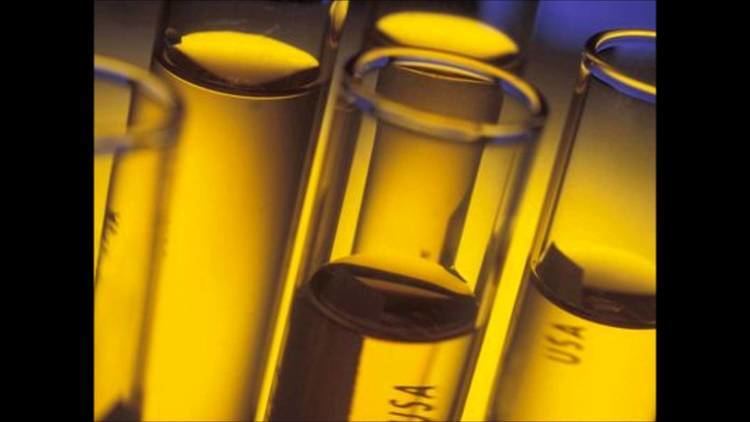
Industrial

Like other oxo alcohols TAA is primarily produced via hydroformylation. The reaction of 2-methyl-2-butene with water in the presence of an acid catalyst yields TAA.
Natural occurrence
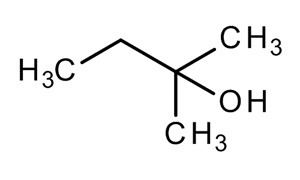
Fusel alcohols including TAA are grain fermentation by-products and therefore trace amounts of TAA are present in many alcoholic beverages. Trace levels of TAA have also been detected in various foodstuffs, including fried bacon, cassava, rooibos tea and fruits such as apple and pineapple.
Pharmacology
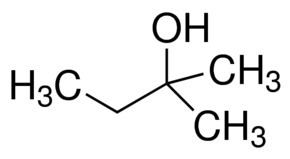
Between about 1880 and 1950, it was used as an anesthetic, with the contemporary name of amylene hydrate. It was mainly used as a solvent for tribromoethanol, forming "avertin fluid" at a 0.5 : 1 ratio of TAA to TBE. TAA was rarely used as a sole hypnotic because of the existence of more efficient drugs.

Tertiary alcohols like TAA cannot be oxidised to aldehyde or carboxylic acid metabolites, which are often toxic; this makes them safer drugs than primary alcohols. However, like other tertiary alcohol based anaesthetics (e.g. methylpentynol, ethchlorvynol) TAA was eventually superseded by safer and more effective agents.
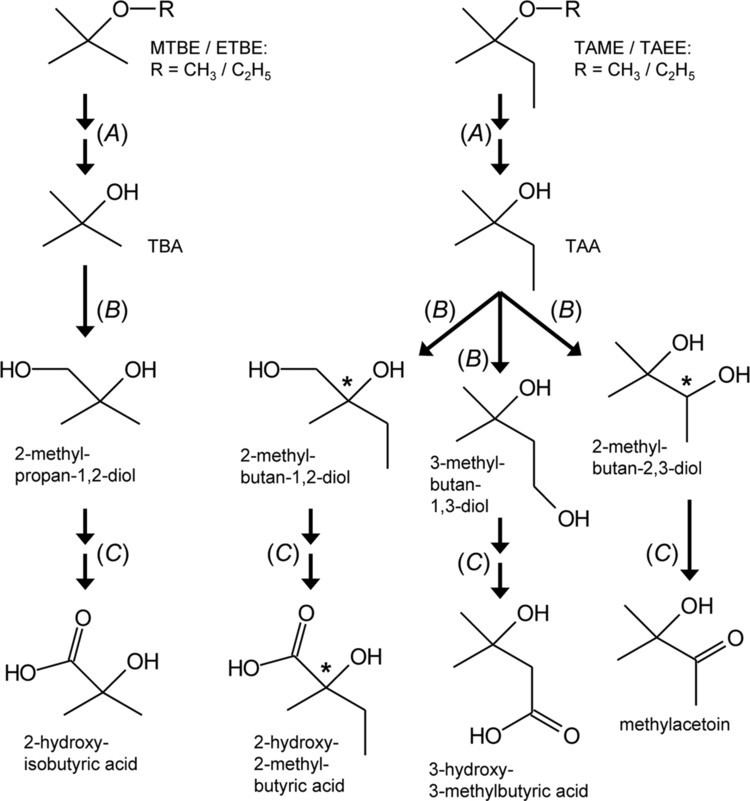
TAA produces euphoria, sedative, hypnotic, and anticonvulsant effects similar to ethanol through ingestion or inhalation. It is active in doses of 2,000–4,000 mg, making it 20 times more potent than ethanol. Its hypnotic potency is between chloral hydrate and paraldehyde and between benzodiazepines and ethanol.
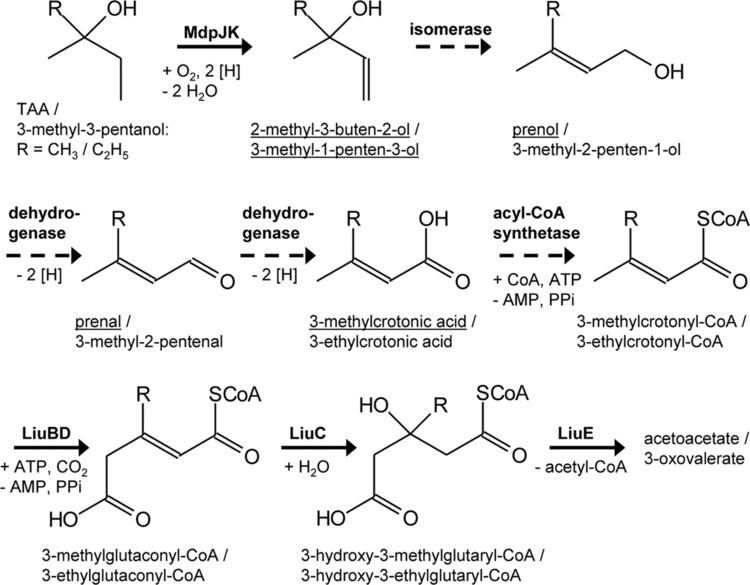
In rats, TAA is primarily metabolized via glucuronidation, as well as by oxidation to 2-methyl-2,3-butanediol. It is likely that the same path is followed in humans, though older sources suggest it is excreted unchanged.
Overdose and toxicity
An overdose produces symptoms similar to alcohol poisoning and is a medical emergency due to the sedative/depressant properties which manifest in overdose as potentially lethal respiratory depression. The oral LD50 in rats is 1000 mg/kg. The subcutaneous LD50 in mice is 2100 mg/kg.
